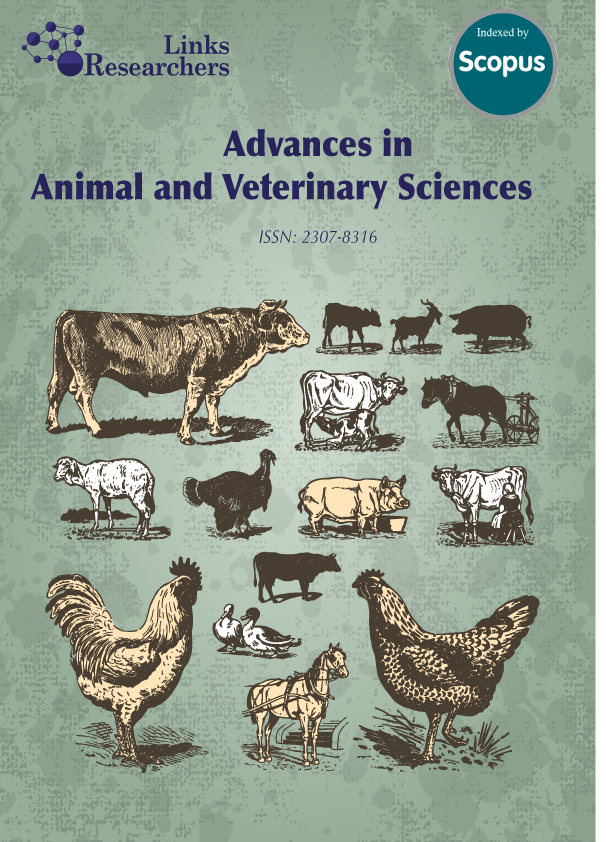Effects of Electrolyte Concentrations in Diets on Feed Utilization and Performance of Intensively Reared Cihateup Ducks
Effects of Electrolyte Concentrations in Diets on Feed Utilization and Performance of Intensively Reared Cihateup Ducks
Denny Rusmana1*, Diding Latipudin1, Deni Saefulhajar1, Ronnie Permana1, Najmah Ali2, Eli Sahara3
ABSTRACT
To share on other social networks, click on any share button. What are these?






